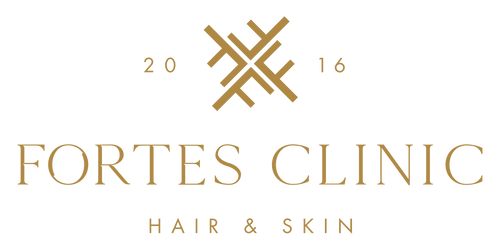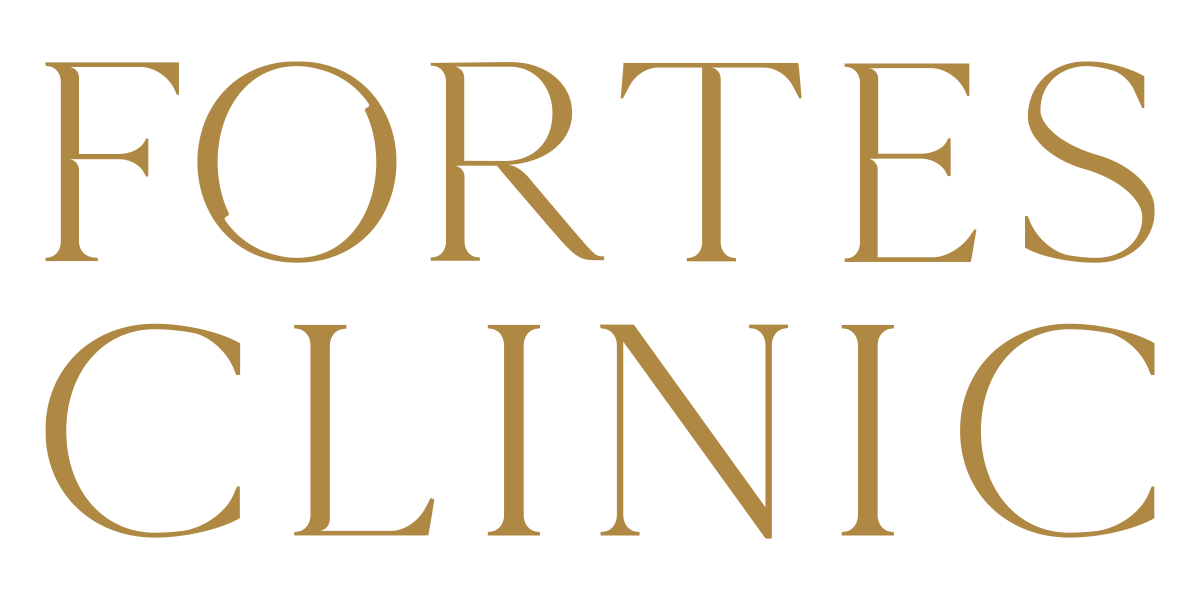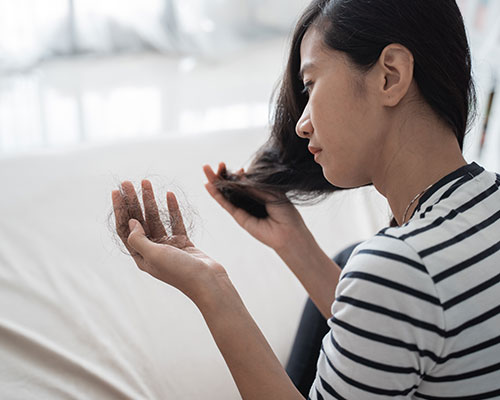No matter what you do to prevent it, hair loss is almost inevitable. No matter what we do to treat it, nothing really seems to work. From hair supplements and medicines to a variety of different kinds of hair oils, there are plenty of proposed solutions for hair loss; however, they don’t guarantee the regrowth of hair. This is especially true for those people who suffer from a condition called ‘androgenetic alopecia’.
This is quite a common condition that is known to cause a significant reduction in your hair follicles. It basically shrinks the hair follicles, further leading to massive hair loss. In men, alopecia is referred to as ‘male-pattern baldness’, whereas, in women, it leads to the hair thinning all over their head, but without receding the hairline. According to the statistics provided by the National Health Service (NHS), as many as 8 million women and 7 million men in the UK experience hair loss caused by this condition.
Hair loss caused by androgenetic alopecia was once considered to be permanent, and many doctors deemed it to be untreatable. However, recent innovations in the medical world have led to the development of PRP, a highly effective, safe, and successfully proven treatment for hair loss and hair restoration.
What is PRP?
PRP is an acronym for Platelet-Rich Plasma and is best described as a three-step medical treatment which primarily aims to extend the growth cycle of your hair by encouraging the existing hair follicles to rejuvenate and restore themselves.
PRP is a non-surgical hair loss treatment that has treated hair loss in many men and women all over the world. However, it is important to note here that PRP is not a permanent solution or treatment, and it doesn’t provide a ‘cure’ to numerous conditions such as alopecia that cause hair loss. While it definitely helps regrow hair and increases the thickness of the hair shaft, it still requires you to get multiple PRP treatments done over time in order to deal with hair loss as well as to maintain the overall hair growth results.
On average, you need to go for three treatments that are 4-6 weeks apart. Apart from that, you also require maintenance treatment procedures that should be done every 4-6 months, depending on the post-treatment condition of your hair.
A basic PRP procedure includes the following three core steps:
Step 1:
A medical professional first begins by drawing blood from a vein your arm and then puts it into a machine called a ‘centrifuge’. The machine spins the blood in rapid motions to separate the different components according to their varying densities.
Step 2:
After being spun in the machine for almost ten to fifteen minutes, your blood will separate into three different layers or components, which are:
• Red blood cells
• Platelet-poor plasma
• Platelet-rich plasma
The main goal of this particular step is to extract the plasma that contain the highest amount of platelet. This is because plasma is a key element of the blood in your body, making up almost 55-percent of your blood.
It carries out several important functions, one of which is to transport essential proteins, nutrients, and hormones to different parts of your body.
Step 3:
The medical professional extracts the platelet-rich plasma with the help of a syringe and then carefully injects it into all the targeted areas of your scalp that need hair restoration.
Benefits of PRP Treatment for Hair
When going for hair transplant treatments, you obviously want the best, the most effective, and the most reliable option.
PRP hair restoration has been declared to be all of those three things and perhaps even more, considering the successful cases of so many men and women that opted for this treatment over these many years.
Although there is still limited research on how PRP stimulates hair growth, the research that does exist is extremely promising, and it also suggests that PRP might become the ultimate solution or treatment for dealing with hair loss and encouraging the regrowth of hair.
One of the doctors at The Harley Street Skin Clinic in London began using this treatment sometime during the year 2014 when he noticed that PRP led to significant hair renewal and growth in some of his patients who were being treated for sun damage repair and scar repair.
This goes to show that apart from skin issues, PRP has a tremendous ability to cater to hair restoration, regrowth, and renewal for people dealing with alopecia and other similar hair loss conditions.
Take a look at some of the major benefits promised by PRP that have also been observed during successful PRP cases.
- The PRP treatment procedure is extremely simple and painless, which doesn’t even require any particular recovery time.
- It is super safe, reliable and doesn’t involve any risky or harmful procedures.
- PRP involves using the patient’s own blood which not only makes it safe but also helps it greatly prevent the risk of scarring or infections.
- It is a non-surgical hair loss treatment which means makes it highly non-invasive. This means that PRP doesn’t have any major side effects, and it helps you from any kind of pain or risk.
- When the plasma is injected back into the scalp, it greatly thickens and rejuvenates the hair by acting like fertiliser that you put in the ground.
- It boosts the supply of blood around the treated areas, whether used during or after a hair transplant surgery.
- The plasma that is extracted consists of bioactive proteins that are highly rich in various growth factors such as Platelet Derived Growth Factor (PDGF), Transforming Growth Factor (TGF) and Epidermal Growth Factor (EGF), to name a few.
Should You Go for PRP?
PRP is slightly expensive; there’s no doubt about that. However, the benefits are really worth the money because a few months post-treatment, you will notice a massive difference in the hair on your head, which isn’t exactly possible through other hair loss treatments and methods.
According to doctors and medical professionals, the ideal candidate for a PRP treatment is one with hereditary hair thinning, usually caused by androgenetic alopecia. Other than that, PRP caters to those who have recently begun to experience serious hair fall and hair loss, as well as people with weak quality hair growth, where the hair follicles haven’t completely died yet.
So, if you fall in either of these categories, you should definitely opt for PRP for hair restoration.
The key is to be consistent if you want excellent results. Consistency here refers to fulfilling the required number of sittings for this treatment, which actually differ from person to person based on individual response and results. Make sure to attend all the sittings followed by maintenance procedures that happen every few months. It is said that if you follow the prescribed protocol, you might be able to notice visible differences within just the first two or three months!
Look for a nice, reputed hair transplant clinic that is known for providing top-notch services, and if you happen to reside in London or surrounding cities, you are likely to find numerous amazing hair transplant options in the UK.



